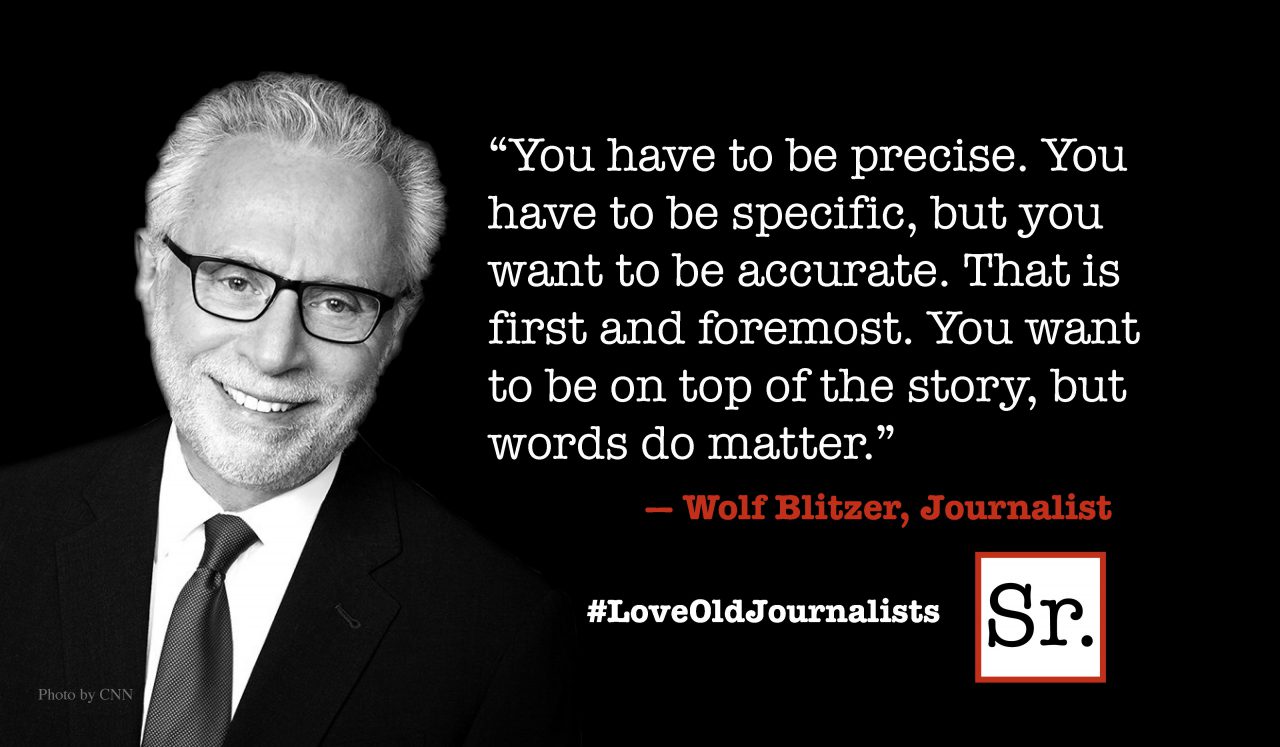The eyes, we are told, are windows to the soul. Hence, a long gaze into the eyes of any other might be quite revealing — could we but overcome the embarrassment. It is an activity fraught with social implications and, at least in Western culture, restricted almost exclusively to lovers. Yet, there are other acceptable recipients of long and seeking gazes; among them are babies, pets, portraits and, of course, the mirror.
The object of every gaze is discovery. Lovers seek the reassurance of reciprocated affection, a promise that what one feels for the other, is likewise mirrored in their lover's eyes. In babies we project as much as we observe. We feel we glance, in those guileless orbs, the memory of past generations; the correction of bygone errors and the promise of futures full of joy and wonder. In the eyes of our pets we glimpse wise and sentient beings, untouched by human frailties, who love us unconditionally. And why not? What's not to love?
Portraits and mirrors move us into a more mysterious realm. I admit to being fascinated by portraits. The often denigrated aboriginal belief that a camera could steal your soul may not be as naive as we portray it. I am not asserting that a photo or a painting steals something from a subject, but rather that an exceptional representation fashions a harmonic connection with the entity portrayed. I will also admit to being an unabashed fan of the photographer Yosuf Karsh. You may think you are unfamiliar with his work — but you are not. Click over to www.karsh.org and you will realize that you know him well. Look at Einstein, Humphrey Bogart, Castro, Hemingway and Mother Teresa. Not only do you know Karsh's work, but his portraits play a large part in our perception of the people he photographed. Yosuf Karsh is to the human face what Ansel Adams is to Yellowstone, what Georgia O'Keeffe is to New Mexico. We look into the eyes of a Karsh portrait and see, not a soul stolen, but a soul reflected.
And the idea of a soul reflected leads us, naturally, to a consideration of mirrors. Despite the recent boom in skin care products for men, the make-up session before a mirror remains primarily a feminine occupation. It appears, at first blush, an acceptable lingering manifestation of the patriarchy. On closer examination I would assert it is much more. Having been an undergraduate theater major, I have had a more than passing acquaintance with "the man in the mirror." At 19 I rarely played a character my own age. Freshman year I played Willy Loman in Arthur Miller's Death of a Salesman and Sir in the musical The Roar of the Greasepaint — The Smell of the Crowd. Both characters were men in late middle age, one beaten, the other bombastic. Neither bore any resemblance to a fresh-faced kid from central Ohio.
We were expected to do our own make-up; and occasionally — depending on what theater class we were taking at the time – we were graded on our ability to transform our faces into a believable representation of our character. And so began my personal travels into the looking glass. For hours I would stare into the eyes of the face before me, looking for the person it was supposed to be. A shadow here, a wrinkle there, the inevitable blush of dissipation, a sag of age, and gradually Willy or Sir would appear. But I was rarely "finished." Having, as always, chosen the chair furthest from the door, I would remain — staring at the person I had become. Looking for the history behind the visage until it was time to walk him out onto the stage.
Now, of course, I wonder if this is what women do everyday. Beginning with what is there in the mirror, then artfully creating the idealized person they wish to present to the world — or perhaps crafting the face that the world they have chosen demands of them.








